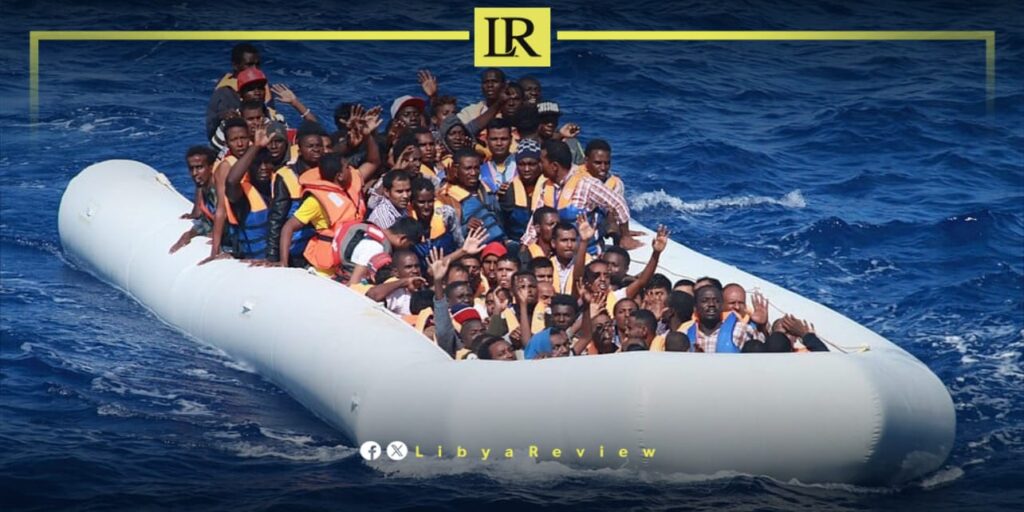Libya’s special forces conducted a pre-dawn rescue operation on Tuesday, saving 54 migrants who were stranded at sea on board a rubber dinghy. The migrants, mainly from Sudan and Egypt, were intercepted before their vessel risked capsizing.
The rescue took place in Libyan territorial waters, where security units remain on high alert due to the constant movement of boats carrying migrants towards Europe. Authorities transferred the group to shore, where they were provided with humanitarian assistance before being handed over to the relevant authorities for processing.
Libya has long been a hub for irregular migration across the Mediterranean. Thousands of people fleeing conflict, poverty, and instability in Africa continue to gather on Libyan shores, hoping to make the perilous crossing to Europe. The central Mediterranean route, which stretches from Libya and Tunisia towards Italy and Malta, is considered one of the world’s deadliest migration corridors.
Despite repeated warnings about the dangers, migrants continue to attempt the journey aboard unsafe vessels provided by human smuggling networks. These boats are often overcrowded, poorly equipped, and unseaworthy, leaving passengers at extreme risk of drowning. International organisations have consistently highlighted the urgent need for better search-and-rescue mechanisms and greater cooperation to address the humanitarian crisis in the region.
Libya’s geographical position, stretching across a vast Mediterranean coastline, makes it a key departure point for irregular migration. While many migrants view Libya as a transit country, the instability and fragmented security landscape have turned the country into both a launching pad and a place of prolonged hardship.
The latest rescue underscores the ongoing challenge facing Libya and its neighbours as they struggle to balance border control, humanitarian obligations, and international pressure to curb migration flows.


